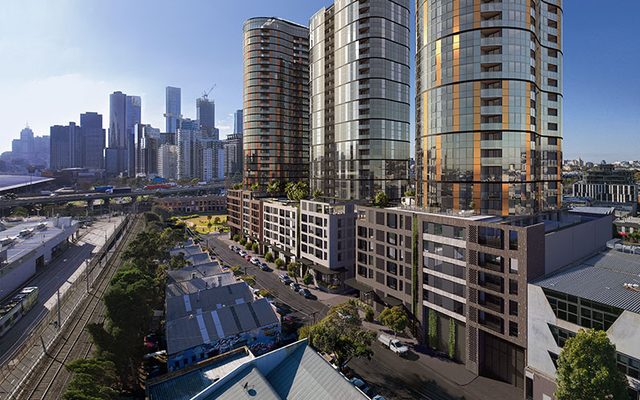This article is from the Australian Property Journal archive
AUSTRALIANS renting their homes are among those feeling the most pressure from the rising cost of living, according to analysis by CommBank IQ, with rental conditions now the “tightest on record”.
The Cost of Living Insights Report, by the joint venture between Commonwealth Bank and data science and AI company Quantum, shows renters are experiencing more pressure than homeowners in general.
“Despite the increased financial burden on some mortgage holders, a little under half of all homeowners are mortgage-free and a third of those with a mortgage have savings buffers of two years or more,” said CommBank iQ head of innovation and analytics Wade Tubman.
The concentration of younger people and renters in Sydney’s inner city and eastern suburbs is had fuelled cost of living pressures, while the outer south west was also facing the highest pressure. In Melbourne, it is the inner suburbs and outer areas such as Werribee, Melton and Cranborne.
Renters are facing surging rents, at 6% for houses and 9% for units over the past year, according to Real Estate Industry of Australia and PropTrack’s joint State of the Market: Australian Private Rentals report, and 75% of successful applicants feel they have had to compromise on features of their rental.
Rents have been pushed up by the severe housing undersupply that has seen vacancies nationally sitting below 1.5%, according to the report, in addition to changes in household formation, constraints on the home building industry, and record post-COVID immigration volumes.
REIA president Hayden Groves said that “it is fair to say rental conditions are now the tightest on record”.
He said that with Greens Leader Adam Bandt’s continued push for a national rent freeze, “it was more important than ever that decision makers understand who supplies the majority of Australia’s private rental market”.
“An Australian property investor holds a mortgage and comes from a working household,” Groves said.
“Seventy per cent of property investors only own a single investment property, and just under 20% own two investment properties,” he said.
The Greens hold the balance of power in the Senate and remain at loggerheads with Labor, which is trying to push its $10 billion Housing Australian Future Fund through the upper house. The off-budget fund would spend up to $500 million a year in returns with the initial aim of building 30,000 social and affordable rental homes over five years. The Greens want more to be spent, and for it to be coming from a consolidated revenue, as well as the freeze on rent increases.
REA Group chief customer officer, Kul Singh said housing supply is needed to meet the growing demand that is being further exacerbated by surging migration.
“The fastest way to increase supply would be to mobilise ‘mum and dad’ investors who have demonstrated their willingness to provide rental stock to the one in three Australians that rent.
“Finding ways to incentivise them to participate instead of penalising them would go a long way in building confidence and creating stability in the property investment market.”




